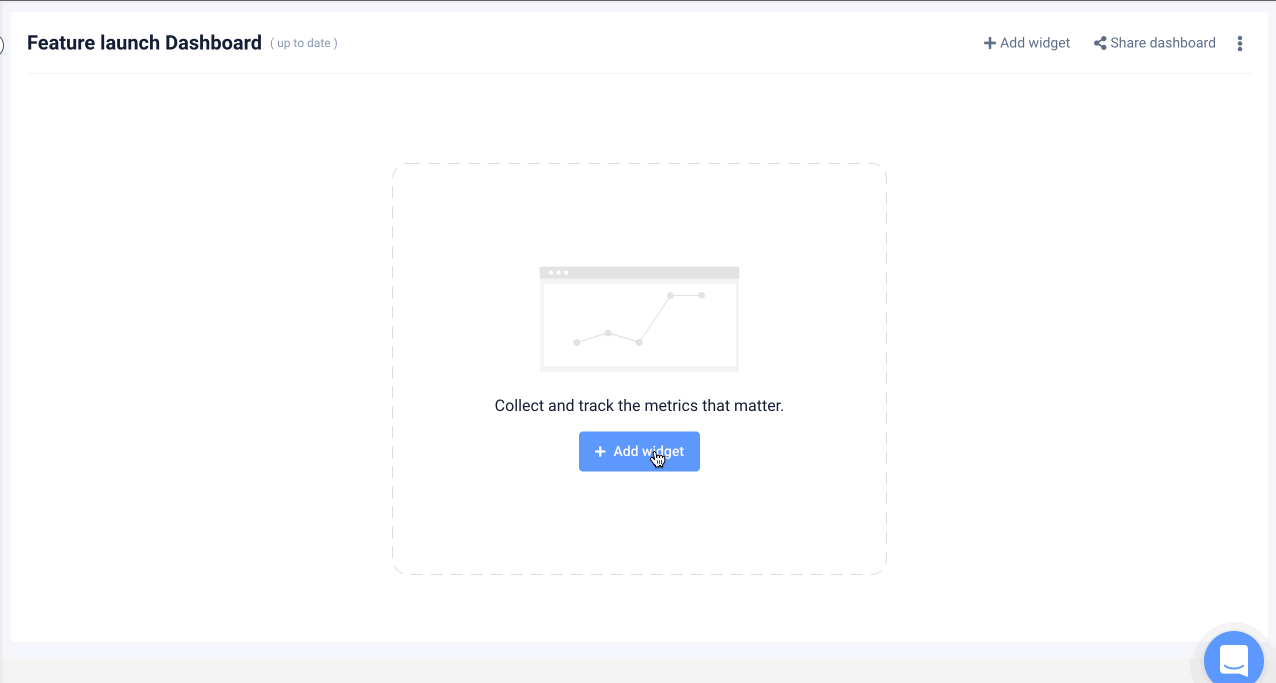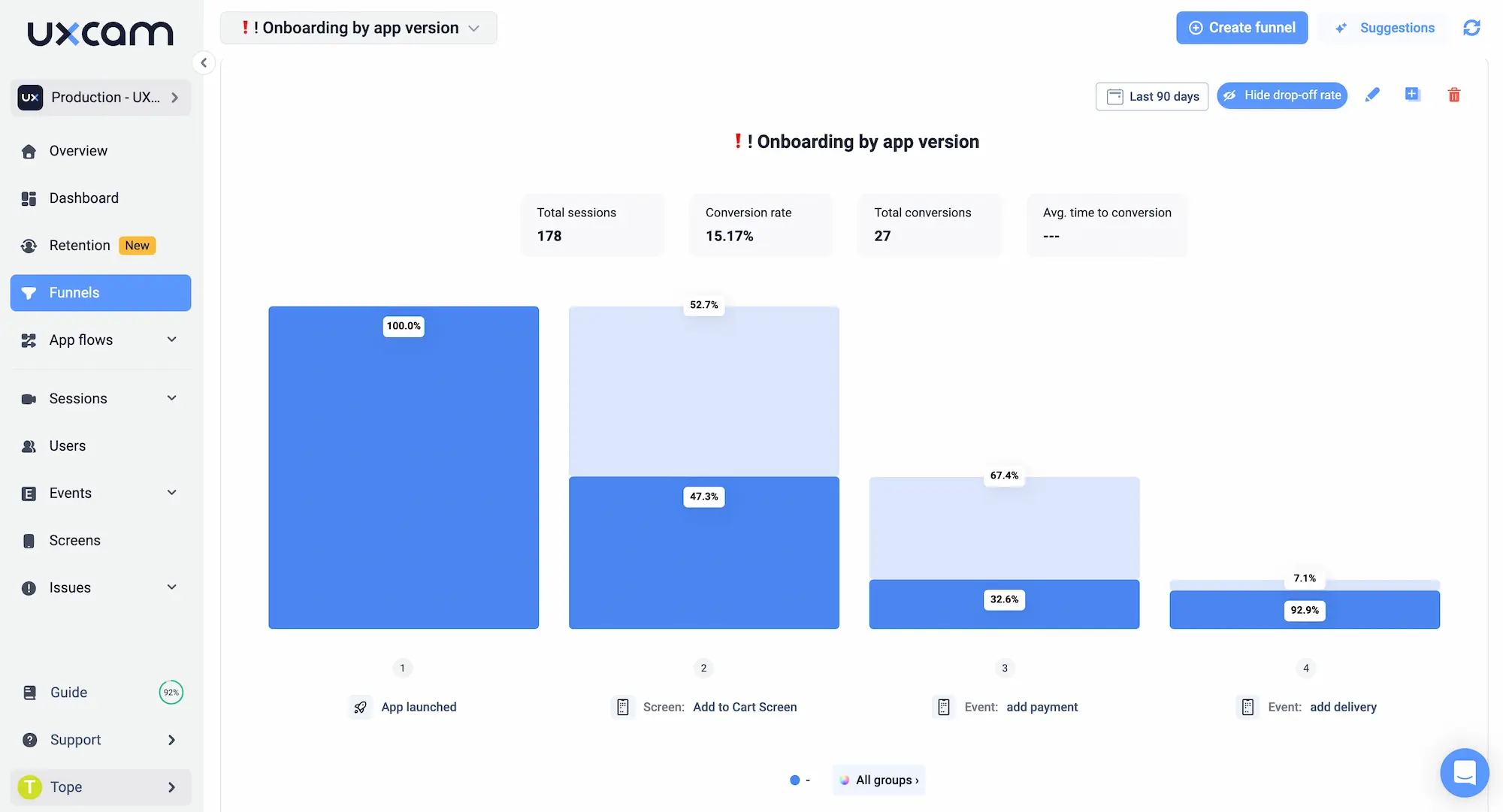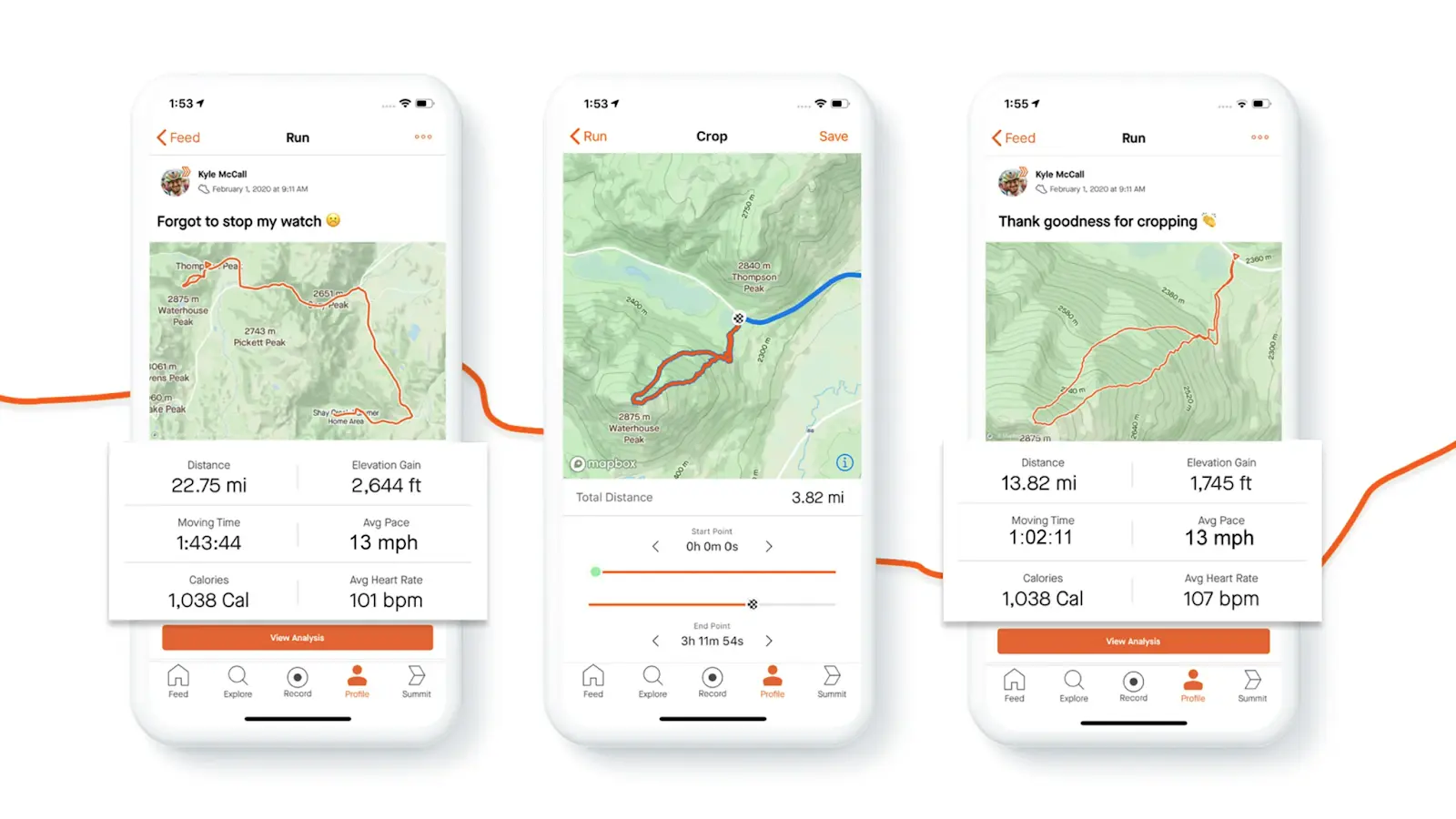Back to blog
5 MIN READ
How to Increase Product Engagement - A Step-by-Step Guide
PUBLISHED
30 October, 2024

Product Analytics Expert
Wondering how to increase product engagement?
TLDR
How to increase product engagement
Create a user engagement dashboard.
Streamline onboarding processes.
Personalize user experiences.
Implement gamification.
Find “easy wins”
Picture this—you've spent countless hours crafting the perfect mobile app, pouring your creativity, resources, and expertise into every pixel and line of code. You launch it with high hopes, only to discover that within a month, 50% of users have uninstalled it.
According to recent statistics, one in two apps meets this fate during the critical first month after download. This harsh reality underscores a crucial challenge faced by app developers and businesses today: attracting users and retaining their engagement over time.
At UXCam, we understand the importance of boosting product engagement in a mobile app's overall success. In this guide, we explore product engagement, how to improve it, and best practices for developers to enhance user interaction and satisfaction in mobile apps.
Helpful summaries
Overview: We explore how to boost product engagement in mobile app development, emphasizing the importance of creating captivating user experiences for better retention and success.
Why Trust Us: We have direct experience with enhancing app engagement, exemplified by our case study on Inspire Fitness, which saw a 460% increase in user activity.
Why It Matters: Insights into user experience are crucial as they directly impact customer loyalty, retention, and profitability.
Action Points: Focus on streamlining onboarding, personalizing experiences, fostering community, incorporating gamification, and continuously optimizing based on user feedback.
Further Research: Check out the UXCam blog for more insights into user engagement.
What is product engagement?
Product engagement refers to the level of interaction and involvement that users have with a product or service. It measures how frequently and deeply users engage with the features and functionalities of the product.
Product engagement is a concept that measures how actively users interact with a mobile app.
A common way of thinking about product engagement is your app’s “stickiness”. A sticky app keeps users (to continue the metaphor) glued to the screen. In other words, it keeps them coming back for more by engaging them in meaningful ways.
Product teams need to understand product engagement in the context of their apps and their specific goals. This includes identifying key metrics that measure engagement, optimizing the user experience, and implementing strategies to increase engagement.
Having a mobile analytics tool like UXCam is helpful for this.
We offer many tools for tracking product engagement (like dashboards and reports) and for understanding the “whys” behind usage and engagement patterns. The result is a system for incrementally building sticker apps.
How to increase product engagement
1. Create a user engagement dashboard
To improve user engagement, you need to understand it. To understand it, you need a way to gain observability in the user experience. Creating a real-time user engagement dashboard is a great way to do this.
A user engagement dashboard is a way to track and measure user interaction with your product. It provides a visual representation of the user experience and allows you to identify areas for improvement.

You can set one up in minutes with UXCam’s modular dashboard builder and track:
Track Key Actions: Use event analytics and custom events to track how often specific actions occur and how this changes over time.
Understand User Patterns: Group actions or custom events by user properties like gender or subscription type to identify different user patterns.
Dig Deeper with Event Properties: Utilize custom event properties to investigate event details and form better hypotheses.
Measure UI Element Interaction: Assess user interaction with app elements and test call-to-action performance.
Analyze Dropouts: Identify users who didn't complete actions in your app to analyze their behavior or reasons for dropping out.
Track New Features Adoption: Monitor the adoption rate of new features and understand how users use them in real contexts.

Your user engagement dashboard should offer a clear view of user interactions. By tracking these metrics and using UXCam’s features, you can gain insights, find areas for improvement, and enhance product engagement.
2. Streamline onboarding processes
To reduce friction for new users, make the onboarding experience seamless and intuitive. Provide clear instructions and guidance to help them understand the app's value proposition and key features from the outset.
With UXCam, you can set up an onboarding funnel to track drop-off rates at different stages. Costa Coffee, for example, tracked custom events for critical registration metrics to pinpoint the main issues causing drop-offs.
The data revealed a major bottleneck—15% of new users dropped off due to invalid passwords. They set up more events for each type of invalid password reason and analyzed the associated session recordings.
Fixing this simple UX issue resulted in increased successful registrations and a stickier product in general.
3. Personalize user experiences
The most engaging products are the ones that feel like they were built for us. So, that should be your goal when designing user experiences—it isn’t attainable at scale, but it’s an ideal to aim for.
How? By breaking users into meaningful groups and funneling them into the most personalized experiences possible. Think of it like a choose-your-own-adventure book—users start in one place and are guided down different paths based on their actions and preferences.
UXCam’s segmentation tools can help you start to define user groups and track their behavior.

By understanding how different segments of users interact with your product, you can tailor their experiences to fit their needs better. This personalization can lead to increased engagement, satisfaction, and conversions.
Here are some questions to ask about different segments:
Are there certain features they use more or less than others?
Do they drop off after certain events or certain amounts of time?
What are their common pain points or challenges?
Do they have different goals or objectives for using your product?
4. Implement gamification
Gamification is an easy way to build apps that keep users coming back again and again. This can take all kinds of forms, including:
Leaderboards
Streaks and challenges
Reward systems
Virtual currency or points
A great example of gamification in a mobile app is Strava.

There are all kinds of elements designed to turn using the app into a fun, gamified experience—from social leaderboards and challenges to personal bests and achievements.
5. Find “easy wins”
Our final suggestion? Identify simple, but impactful, changes you can make to your app that will quickly improve the user experience.
Every app has quirks and issues that annoy users. And while these aren’t always instant dealbreakers, they do often push users to abandon the app and look for an alternative as the annoyance builds. So, your goal should be to identify and address these “easy wins” as soon as possible.
Recora is a great example of this.

The team was getting tons of complaints about their mobile app being faulty, but they couldn’t find a single issue with it. They turned to UXCam and used our session replays, heatmaps, and event analytics to analyze impacted users.
What the found was that many older users were pressing and holding a button that was meant to be tapped. Fixing this simple issue led to a staggering 142% decrease in support tickets and a 30% decrease in in-app frustration signals.
Benefits of increasing product engagement
Customer Loyalty and Retention: An engaging app encourages repeat usage, reducing churn rates. The average uninstall rate for apps is 28% after 30 days, highlighting the necessity for a robust engagement strategy to keep users returning.
Profitability: Increasing customer retention by just 5% can boost profits by 25% and 95%. This underscores the importance of focusing on existing users rather than acquiring new ones.
Competitive Advantage: In an era where customer experience dictates success, apps that fail to engage users risk losing them to competitors. A focus on engagement can lead to revenues 4–8% higher than those that do not prioritize user experience
Conclusion
Product engagement is a critical metric for mobile app developers, reflecting the success of their efforts in creating compelling and valuable user experiences
To enhance your app development journey further, consider using UXCam’s powerful suite of analytics tools. By leveraging our platform’s insights, you can better understand user behavior and optimize your app for maximum engagement.
Sign up for free to get started.
You might also be interested in these;
How to analyze session recordings
Mobile app engagement benchmarks - How to measure success
10 mobile app engagement metrics to track and measure
5 Product engagement metrics & how to track them effectively
AUTHOR

Tope Longe
Product Analytics Expert
Ardent technophile exploring the world of mobile app product management at UXCam.
What’s UXCam?
Related articles
App Analytics
Mobile App Tracking: Practical Guide & Best Tools [2026]
The best tracking tools for mobile...

Jonas Kurzweg
Product Analytics Expert
App Analytics
Top Analytics SDKs 2026
Pick the right analytics SDKs to improve your app's...

Jonas Kurzweg
Product Analytics Expert
Product best practices
8 Best UX Analytics Tools and Software We’ve Tested 2025
A good UX design is key when it comes to user satisfaction. Learn about five of the best UX analytics tools you can use to get valuable insights about user...

Jonas Kurzweg
Product Analytics Expert


